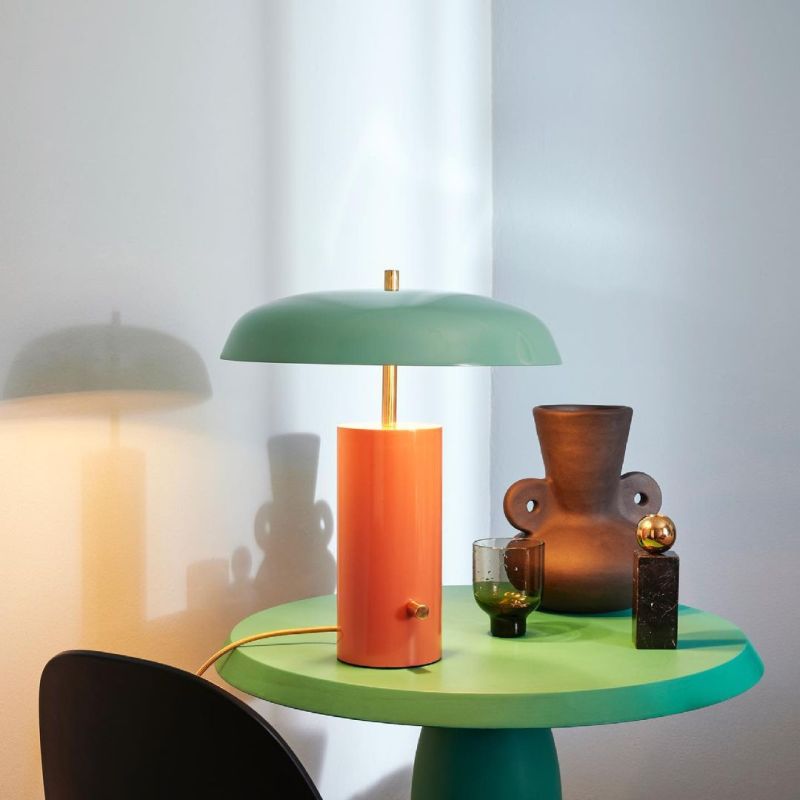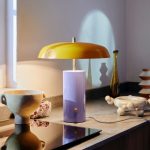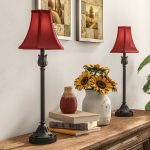Contents
- 1 Importance of Proper Lighting in Children’s Rooms
- 2 Various Types of Kids Table Lamps
- 3 Safety Considerations When Choosing Kids Table Lamps
- 4 Design and Theme Matching for Kids Table Lamps
- 5 The Role of Color and Brightness in Kids Table Lamps
- 6 Energy Efficiency and Bulb Types
- 7 Features to Look for in Kids Table Lamps
- 8 Tips for Positioning Table Lamps in a Child’s Room
Importance of Proper Lighting in Children’s Rooms
Kids table lamps! Proper lighting is key in a child’s room. It aids in their daily activities, from reading to playing. Good lighting can also help to regulate their sleep patterns. It provides an atmosphere that is conducive to learning and creativity. Kids table lamps are a great way to achieve this. They add a touch of style, while also being practical. These lamps can be the focal point in a room or a subtle addition. Bright, even light protects young eyes from strain. It can reduce headaches and eye fatigue. With the right kids table lamps, your child’s room becomes a safe and inviting space. They encourage a love for reading and creative play. So, when we talk about the well-being of our children, lighting is not a small detail. It’s a crucial aspect that deserves our attention.
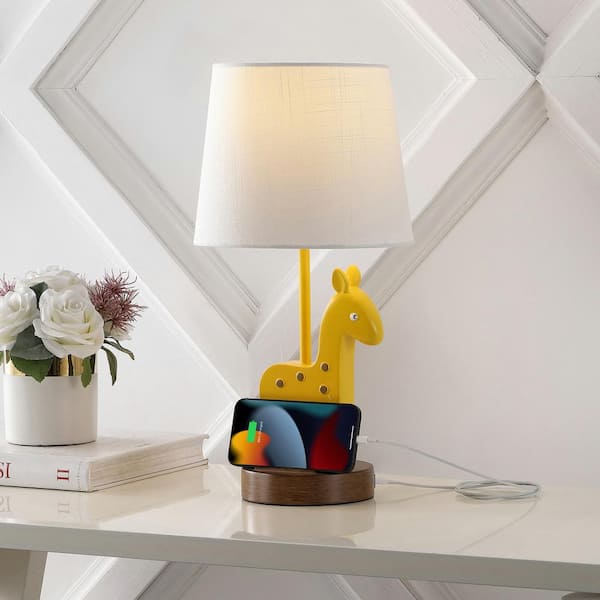
Various Types of Kids Table Lamps
When selecting kids table lamps, there are numerous options to consider. Each type caters to different needs and preferences. Here’s an overview of the common types available:
- Themed Lamps: These feature popular characters or motifs that kids love, such as superheroes or animals. They bring a fun element to the decor and can make the lamp a favorite accessory.
- Nightlight Lamps: These combine a table lamp with a nightlight function. They’re ideal for kids who might need a bit of comfort during the night. They emit a soft glow that can soothe and reassure.
- Task Lamps: Designed for homework and arts and crafts, task lamps provide focused, adjustable lighting. The aim is to reduce eye strain during activities that require concentration.
- Color-Changing Lamps: With LED bulbs, these lamps can switch colors, adding a dynamic aspect to the room. Kids can choose their favorite color or enjoy a variety of hues.
- Desk Lamps: Desk lamps are similar to task lamps but often have a more traditional design. They’re practical for older kids who need strong, steady light for studying.
- Portable and Cordless Lamps: Easy to move around, these lamps are safe and flexible. They can be charged and then used wherever needed, even away from power outlets.
- Touch Lamps: By simply touching the base or the stem, these lamps turn on or off. This feature is especially handy for children who might struggle with knobs or switches.
When looking for kids table lamps, it’s important to keep in mind the activities your child will be doing in their room. Choose a lamp that not only complements the room’s design but also supports your child’s needs, whether for study, play, or sleep.
Safety Considerations When Choosing Kids Table Lamps
When selecting kids table lamps, safety is paramount. Here are key safety features to prioritize:
- Sturdy Base: A lamp with a heavy, stable base won’t tip over easily. This is especially important in kids’ rooms where active play is common.
- Cool-to-Touch Bulbs: LED bulbs stay cool, reducing burn risks. Avoid hot bulbs that can harm if touched.
- Cord Management: Look for lamps with short cords or cord management systems. This minimizes the risk of tripping or pulling the lamp down.
- Shatter-Resistant Materials: Lamps made from durable materials are less likely to break. This means less chance of sharp pieces if knocked over.
- Non-Toxic Materials: Ensure the lamp is free from harmful chemicals. Kids often touch and may put objects in their mouths.
- Safety Certifications: Choose lamps with safety certifications. These meet set standards for a child’s environment.
- Child-Friendly Switches: Lamps with easy-to-use switches prevent children from struggling and potentially knocking the lamp over.
In conclusion, when you pick out kids table lamps, focus on models designed with a child’s safety in mind. Lamps should cater to their curious and active nature while also minimizing potential hazards. Balance aesthetics with safety to create a fun and secure atmosphere in your child’s room.
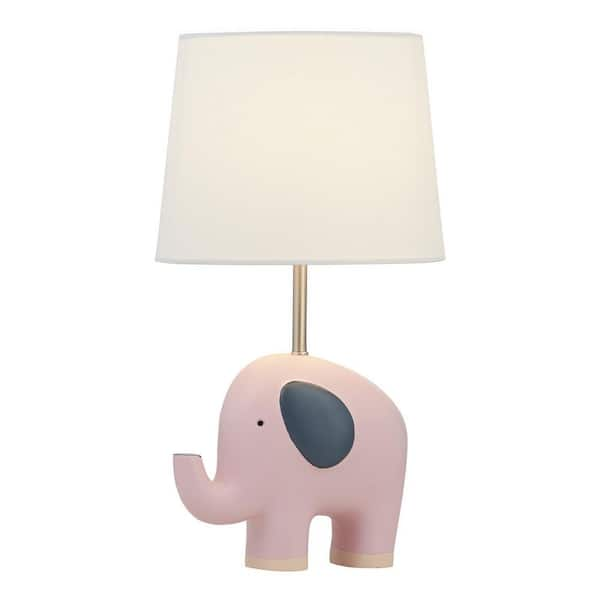
Design and Theme Matching for Kids Table Lamps
Choosing the right kids table lamps involves more than just safety and function. The design and theme of the lamps can significantly impact the room’s overall feel and can help express your child’s unique personality and interests. Here are a few tips for matching the design and theme of a lamp to your child’s room:
- Complement the Room’s Decor: Select a lamp that fits the existing colors and style of the room. A mismatched lamp can stand out awkwardly.
- Reflect the Child’s Interests: If your child loves space, a lamp featuring planets or stars would be perfect. For a nature enthusiast, consider a lamp with animal figures or floral patterns.
- Age-Appropriate Themes: A toddler might enjoy bright, colorful designs while older children might prefer more sophisticated themes. Choose a lamp that grows with your child’s age and tastes.
- Coordinate with Bedding and Curtains: If the room has a specific theme, like pirates or princesses, find a lamp that complements these elements for a cohesive look.
- Consider the Lampshade: The shade is a great opportunity to add character. Look for shades with creative designs or the flexibility to be changed over time.
- Mix and Match: Don’t be afraid to mix themes for a unique look. A classic lamp base with a funky shade can create an interesting contrast.
Remember, kids table lamps are not just sources of light; they’re an extension of your child’s space. Find a balance between utility and style to make the room a perfect haven for your little one.

The Role of Color and Brightness in Kids Table Lamps
Choosing the right color and brightness for kids table lamps can have a significant impact on the mood and functionality of a child’s room. Here are key aspects to consider:
- Color Influence: Different colors can affect a child’s emotions and behavior. Soft blue or green can create a calming atmosphere, ideal for bedtime. Bright yellow or orange can stimulate the mind and increase creativity during playtime.
- Adjustable Brightness: Lamps with dimmer switches allow adjustment according to activity. Soft light is best for relaxing, brighter light for reading and studying.
- Color Temperature: Warm white bulbs emit a cozy, calm light. Cool white bulbs are better for concentration during homework time.
- Avoid Harsh Lighting: Bright, stark lighting can cause glare and may be harsh on young eyes. Choose lamps that provide even light distribution.
- Mood Enhancement: Light colors like pink can add a sense of joy. Lamps that project shapes on the walls can also boost a child’s imagination.
In conclusion, the right color and brightness in kids table lamps play a crucial role. They support your child’s visual health, mood, and overall room experience. When selecting a kids table lamp, consider these factors to enhance your child’s comfort and enjoyment.
Energy Efficiency and Bulb Types
When selecting kids table lamps, considering the type of bulb and energy efficiency is crucial. These factors not only affect the long-term cost of lighting but are also important for the environment. Let’s delve into the types of bulbs and their energy efficiency:
- LED Bulbs: LED bulbs are known for their energy efficiency and longevity. They use less electricity than traditional bulbs, which can lead to savings on your energy bill. They also emit less heat, making them safer for children’s rooms.
- Compact Fluorescent Lamps (CFLs): CFLs are another energy-saving option. They last longer than incandescent bulbs, but not as long as LEDs. One downside is that they contain a small amount of mercury, so proper disposal is important.
- Incandescent Bulbs: These are the least energy-efficient option and have a shorter lifespan. They use more electricity and generate more heat compared to LED and CFL bulbs.
- Halogen Bulbs: These bulbs are more efficient than traditional incandescent bulbs but less so than LEDs or CFLs. They also produce a significant amount of heat.
Choosing the right bulb is important for your child’s safety, comfort, and wellbeing. LED bulbs are generally the best option for kids table lamps due to their energy efficiency, safety, and cost-effectiveness. They are cool to the touch and provide ample light without the risks associated with hot bulbs. Energy-efficient bulbs contribute to a sustainable future, and teaching your child about the importance of energy-saving can be a valuable lesson in responsibility and caring for the planet.
Features to Look for in Kids Table Lamps
When seeking the perfect kids table lamps, here are features that should not be overlooked:
- Durability: Pick lamps that can withstand occasional bumps and knocks.
- Easy to Clean: Choose lamps that are simple to wipe down and maintain.
- Adjustability: Look for lamps with flexible necks or adjustable bases for targeted lighting.
- Light Modes: Multiple lighting modes offer varying brightness levels for different activities.
- Energy-Saving: Opt for lamps with energy-saving features to keep electricity bills low.
- Timer Function: Some lamps come with a timer for automatic shut-off, ideal for bedtime.
- Sensory Features: Lamps with sensory elements like sound or motion can be both functional and playful.
Remember, a good kids table lamp should meet the needs of both parent and child. It should be safe, energy-efficient, and enhance the room’s comfort and appeal.
Tips for Positioning Table Lamps in a Child’s Room
Finding the best spot for kids table lamps can enhance both the style and the function of the room. Here are practical tips for lamp positioning:
- Near the Bed: Place a lamp close to the bed for easy access during bedtime reading. It’s convenient for kids to turn on and off the light without getting out of bed.
- On a Study Desk: Ensure the lamp is on the child’s study area for focused task lighting. It’s vital for activities like homework and drawing.
- Avoid Cluttered Areas: Keep lamps away from cluttered spaces to prevent accidents. A clear area helps in maintaining safety and functionality.
- Height Considerations: The lamp should be at eye level when seated. This avoids glare and provides optimal lighting for reading and playing.
- Use of Space: In small rooms, consider wall-mounted lamps to save desk space. They can provide the necessary lighting without taking up precious surface area.
- Corner Placement for Ambient Light: A lamp in the corner can give a soft glow to the whole room. It’s perfect for creating a peaceful atmosphere at night.
By strategic placement of kids table lamps, you ensure the best utilization of light. This optimal setup aids in the prevention of eye strain and enhances room enjoyment. Always keep in mind the activities your child will engage in when positioning their lamp.
